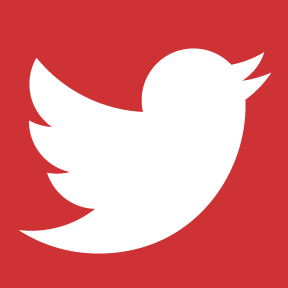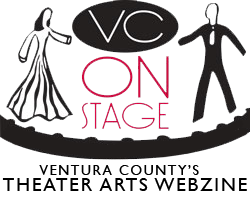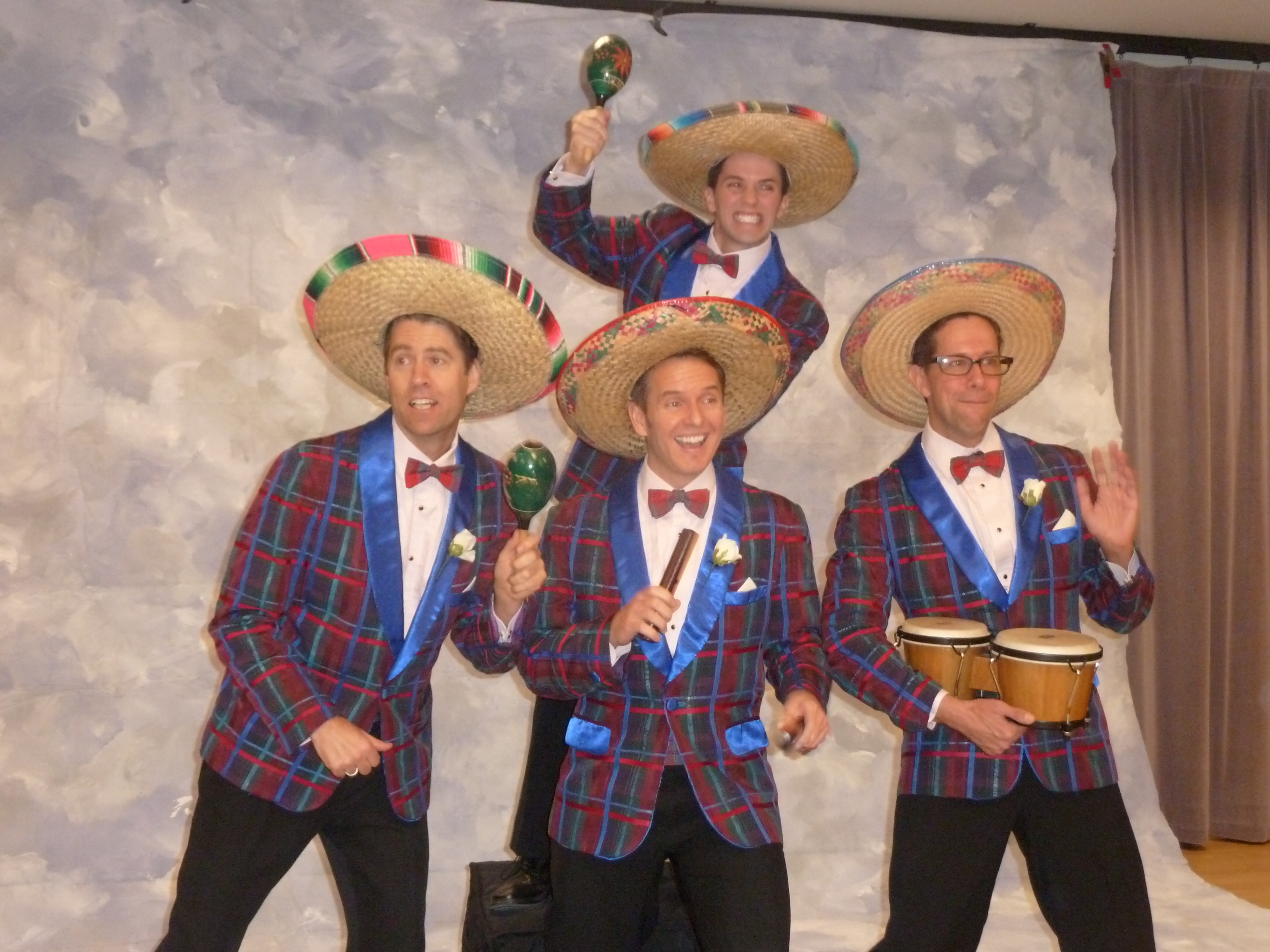REVIEW BY CARY GINELL
On February 9, Cabrillo Music Theatre’s production of Forever Plaid will close, but that day marks a very special milestone in popular music history – it will have been fifty years to the day since the Beatles made their epochal American debut on The Ed Sullivan Show. That premise was the reason for Forever Plaid’s slim plot: a quartet of small-time close-harmony singers gets rammed by a bus loaded with teenaged parochial school girls on their way to TV Studio 50 (now named “The Ed Sullivan Theatre”) to see the Fab Four’s first U.S. broadcast. The singers are returned to the stage for one final celestially-granted performance before returning to Heaven.
The death of the Plaids wasn’t just a tragic accident; it was much more earth-shaking than that, because the fictional quartet represented an era and musical style that had been slowly dying ever since the arrival of Elvis Presley on the scene in the mid-1950s. The Beatles’ ascension was merely the last nail in the coffin. The Plaids represented the last time popular music was monopolized by songs from old Tin Pan Alley – professional songwriters penning songs to be generically performed by anyone and not associated with any one performer or group. These songs were universally white bread, performed by white singers for white audiences. Their subjects were lightweight, gossamer romantic ballads that were perfect for the Eisenhower years. Audiences who came of age in those pre-Beatles, pre-Elvis years are the targets of the Forever Plaid franchise, and many of the fans of the music were in the audience.
The 1950s was dominated by groups such as the one depicted by the Plaids – straight arrow, clean-cut quartets like the Four Aces, the Four Lads, the Hi-Los, and the Crewcuts who dressed alike in tuxedos and sang syrupy, dreamy, melodic ballads like “Love Is a Many-Splendored Thing” and “Three Coins in the Fountain.” The Beatles upended all of that, bringing a variety of black influences into the mix, such as R&B, Motown, and early rock ‘n’ roll. Thanks to them, popular music has been a melting pot ever since.
Which brings us to Cabrillo’s current production. Forever Plaid works best in an intimate setting, but the cast, which only includes the four group members, a pianist and bassist, manages to bring the walls closer together with their friendly, winning performance. It’s tough, though, to watch the group deal with the immense space they had to fill on the Kavli Theater stage, literally running offstage to retrieve props or dash into the wings to string the colored lights for their tribute to calypso star Harry Belafonte.
All four actors play their respective innocent goofballs well. Forever Plaid does its best to distinguish the personalities from one another. Jeffrey Scott Parsons plays Sparky, the most limber member of the group, who never merely seats himself on a stool to sing, he hops up. The baby-faced Parsons leads the group on several songs and also played melodica (a keyboard played by blowing through a tube) while accompanying the others on Tennessee Ernie Ford’s “Sixteen Tons.” Kurtis Simmons plays Jinx, who is prone to nosebleeds and who sings a powerful version of Johnnie Ray’s “Cry.” Roger Befeler is the asthmatic Frankie, who in his more crazed moments bears a resemblance to rubber-faced Jim Carrey. These three tenors are balanced by Scott Dreier as Smudge, the bespectacled baritone who suffers from acid indigestion. Dreier has one of the most effective moments in the show when he delivers an homage to vinyl that every record collector can identify with, as he revels in memories of gazing at colorful labels on 45 rpm records and breaking the seal on a new LP with a fingernail. It’s memories like these that today’s youngsters, with their intangible MP3 downloads and iTunes files, will never understand about the romance of the olden days of phonograph records. You could hear audience members sighing in wistful identification as they recalled similar rituals in their own lives.
The songs the Plaids sing in the show could easily be considered parodies if they weren’t so earnest about singing them. All four sing beautifully, although there is some kind of physical shtick in nearly every number, all of which endears the group to the audience all the more. Although their element is in such gauzy ballads as “Shangri-La” and “Moments to Remember,” they also include novelty numbers of the day like white-bread god Perry Como’s “Papa Loves Mambo” (which is about as ethnic as these groups got in the fifties) and the calypso “Matilda,” as the four invade and invite the audience to “sing de chorus” like Harry Belafonte used to. They even take a stab at something from the Beatles’ nascent catalog, although “She Loves You, Yeah, Yeah, Yeah” instead comes out hopelessly hokey as “She Loves You, Yessirree!”
The highlight of the show is a three-minute tribute to The Ed Sullivan Show, during which the quartet madly dashes back and forth, delivering zany representations of Sullivan’s de rigueur acts: plate spinners, jugglers, fire eaters, ventriloquist Senor Wences, and that infernally nauseating mouse, Topo Gigio, while Jinx sings “Lady of Spain” while holding an accordion.
Forever Plaid may appear to be just a silly revue of songs from a long-ago dead era, but it represents more than that. It hearkens back to a time when the song was more important than who was singing it, and the passing of the baton from one kind of musical style to another. The 1950s close-harmony sound didn’t disappear entirely after the British Invasion; it merely became absorbed into the rock ‘n’ roll stew, as young fans like Brian Wilson and John Phillips melded the style into their own interpretations, thus bringing to life such groups as the Beach Boys, the Mamas & the Papas, and the 5th Dimension. So you see, in the end, the Plaids got their wish; they never really died. The “Heart and Soul” they poured into their music just became part of a larger reality.
*********************
Forever Plaid concludes its run at the Fred Kavli Theater on February 9, the 50th anniversary of the Beatles’ initial appearance on The Ed Sullivan Show. For dates and show times for this weekend’s performances, see the VC On Stage Calendar.






No Comments